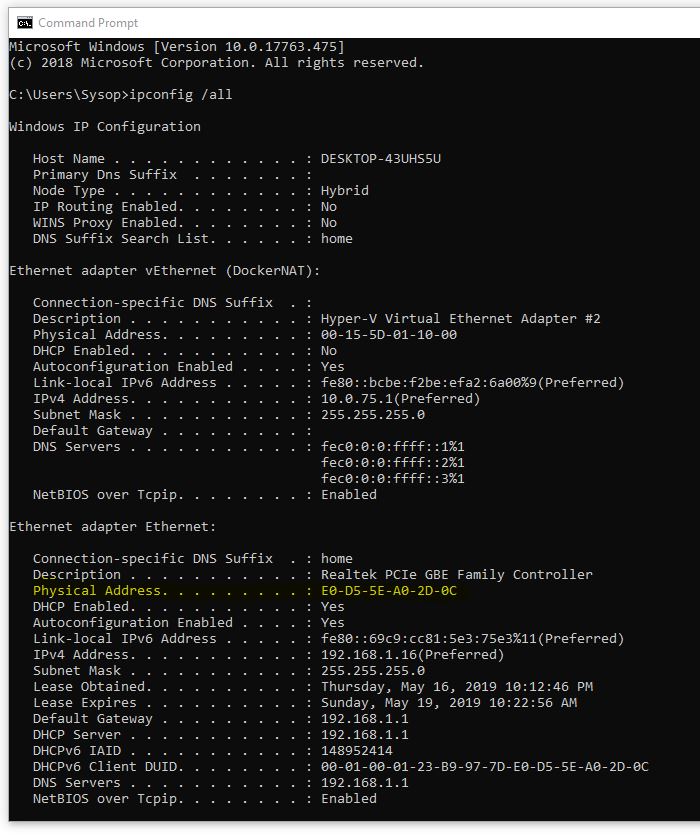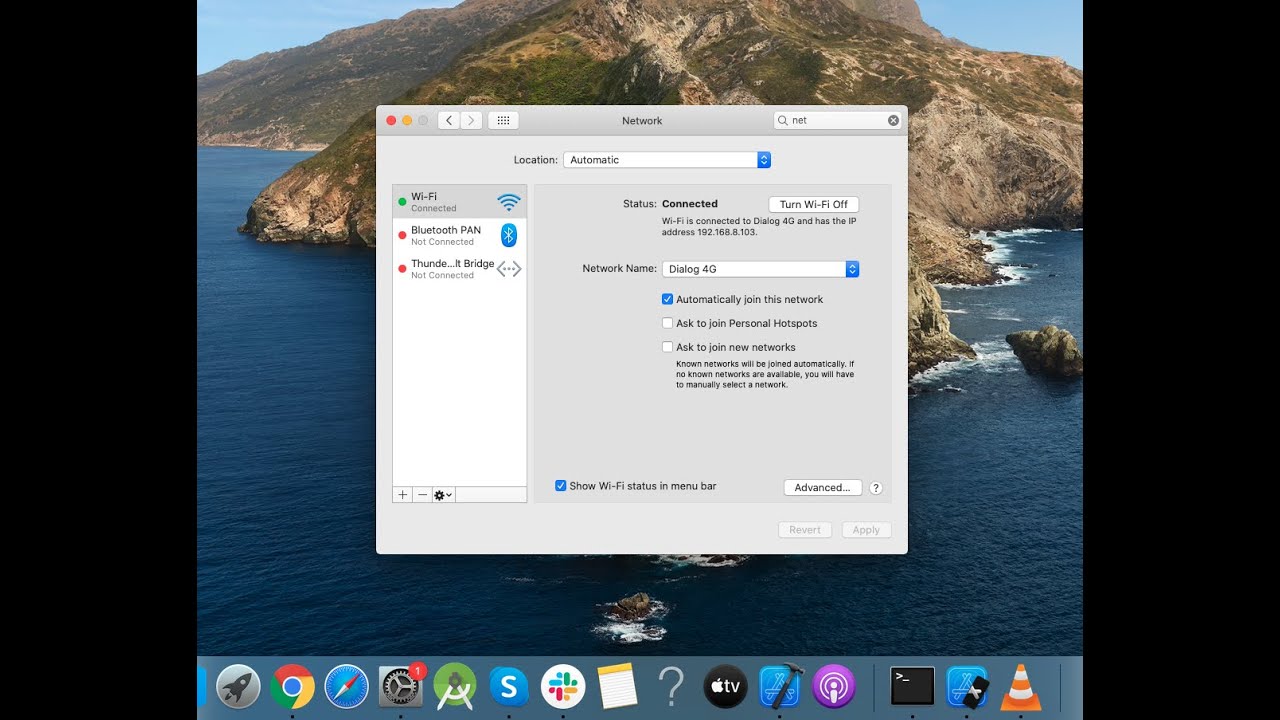

You can change this to en0 for wired/ethernet too. The other command line option is to use: ipconfig getifaddr en1 which reports back only your en1 (usually wireless) IP address. To be clear, ipconfig exists in both the Mac OS X and the Linux world, but for the purposes here we’re working with the Mac obviously. Mac Command For Ipconfig As Network Engineers we need to be versatile and troubleshooting-savvy in our work environment. The ipconfig command can also renew a DHCP lease if necessary. Now you should know whether dhcp details are accurate, the DHCP lease needs to be renewed, or for relaying to another source for further information. An example of the meaningful part of the output is:ĭomain_name_server (ip_mult): Ībove that you will see ip address information and MAC address as well, but for our purposes here, we’re looking exclusively for DHCP details. You’ll be presented with a bunch of information, but the most useful of which is usually the DHCP data at the end as seen in the screenshot. If both come back as empty or blank, that suggests the Mac has no DHCP information and needs to renew a lease from the DHCP provider (typically the router the Mac is connected to). The command usage for a Mac using Wi-Fi on a dual-network Mac is usually as follows:Īgain, your Mac may be using en1 or en0, query both if one is coming back as blank or empty. The command for a wi-fi only mac, or a wired network on a multi-networked mac using ethernet is usually: Whether your Mac uses en0 or en1 depends on the model, but there is no harm in attempting to retrieve the DHCP info from both of them, as only one will return the proper results. To get started, launch Terminal and use the command line ipconfig utility.

How to Get DHCP Info with ipconfig from the Command Line


 0 kommentar(er)
0 kommentar(er)
